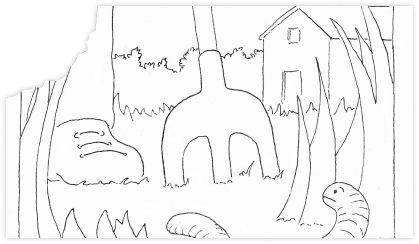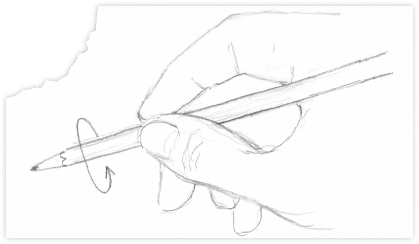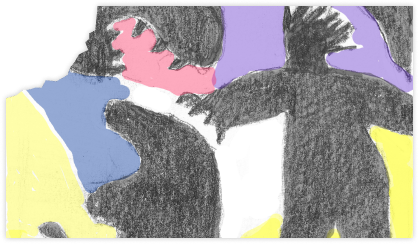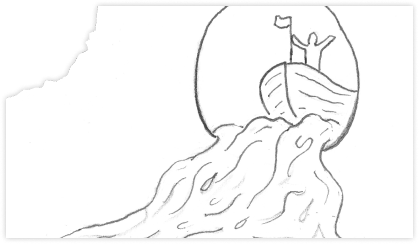Course Overview
In this lesson you will learn how to draw figures and objects close by and further away from different points of view.
Start with chapter 1
- Course level Level 3
- Course Duration
- Lessions 8
- Quizzes 0
- Pass Percentage 80
- Certificate Yes
- Language English



